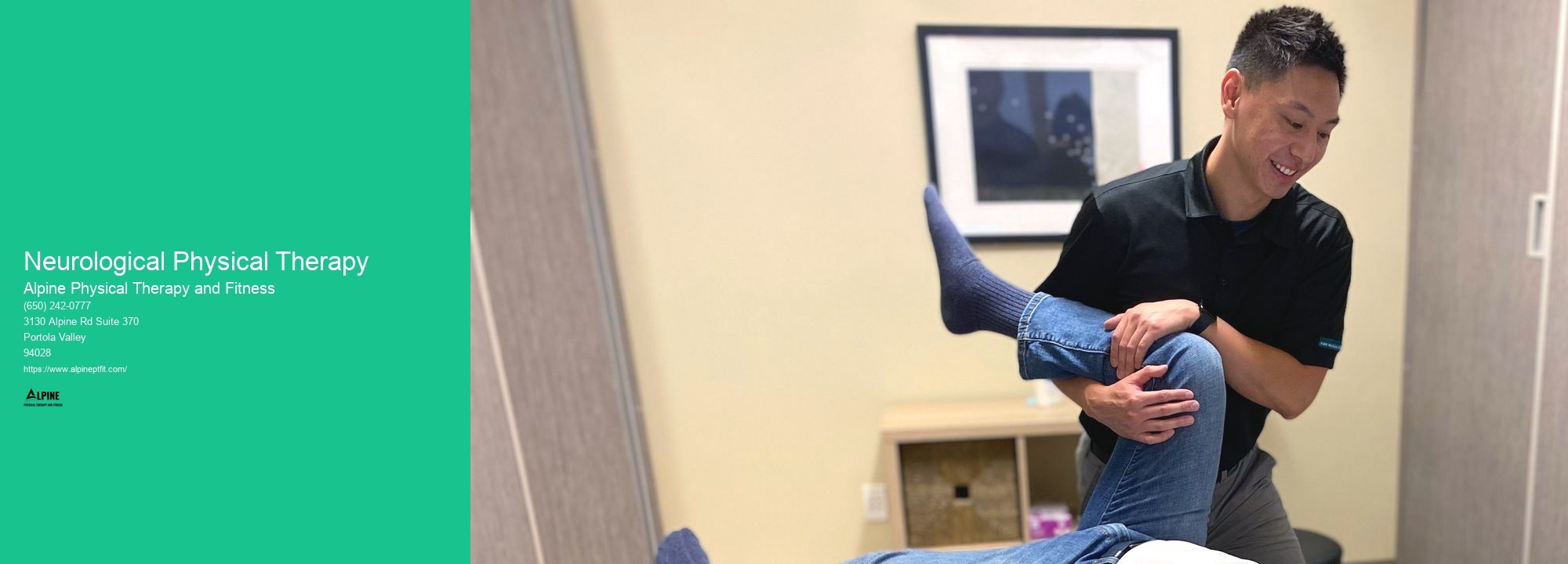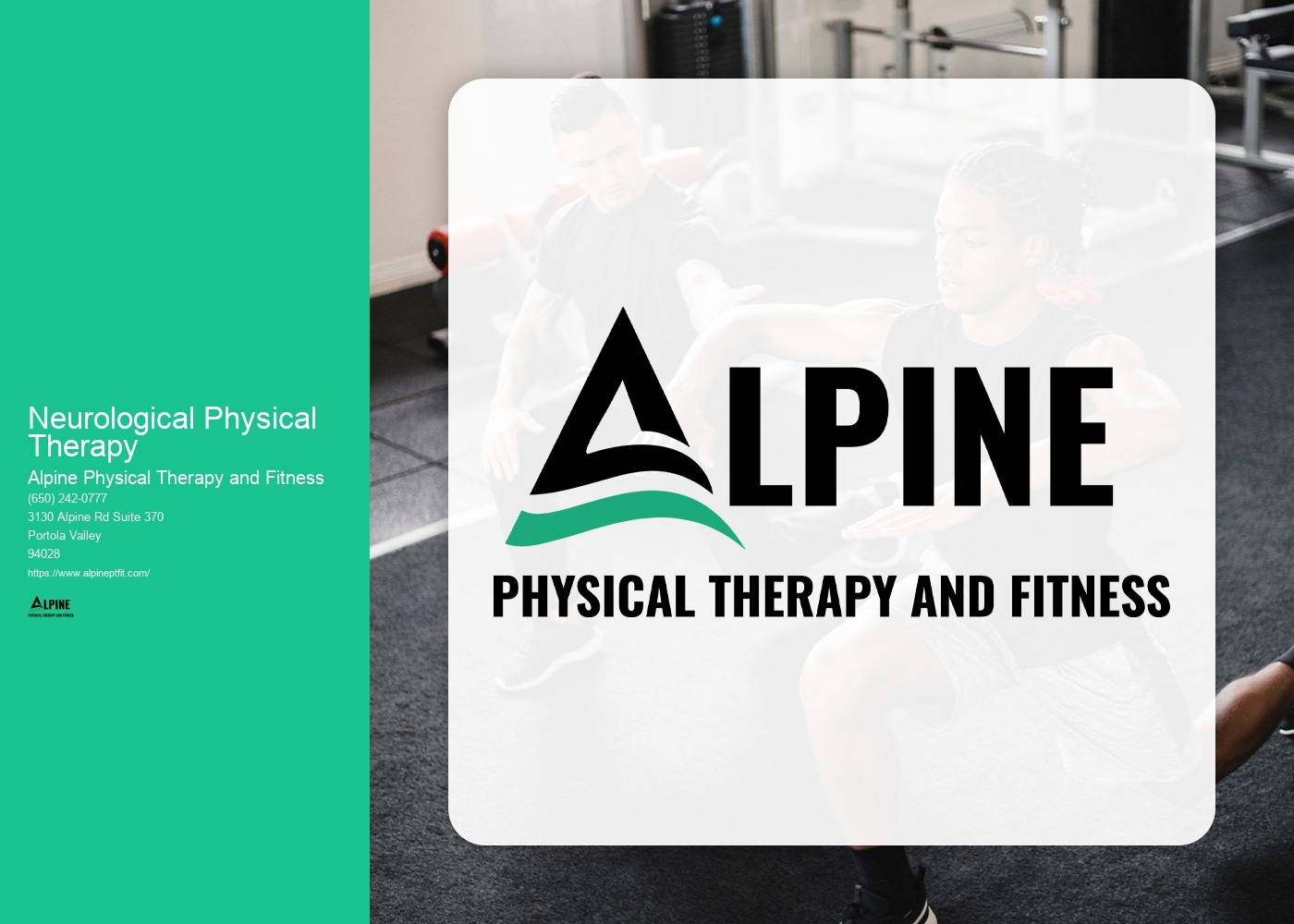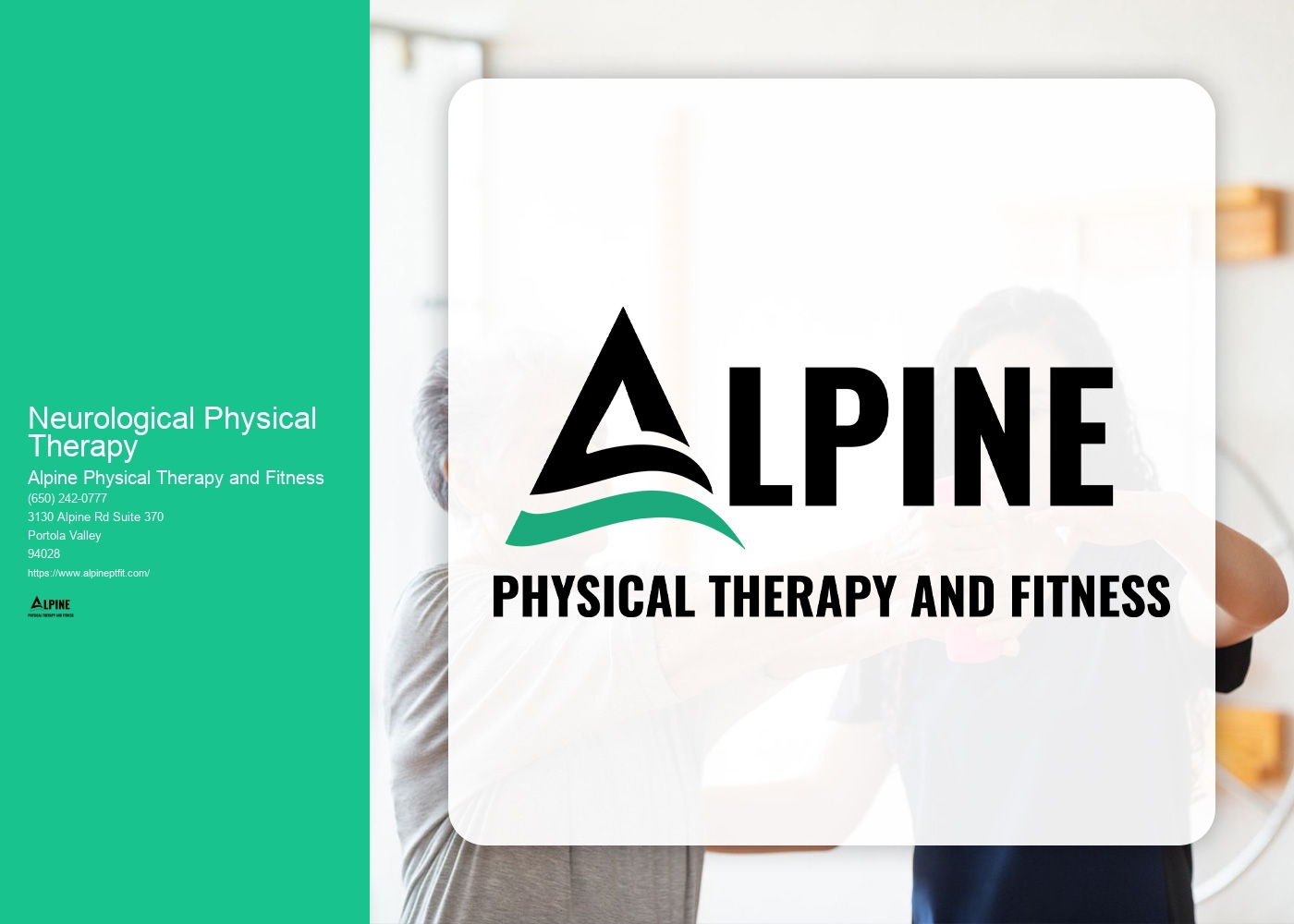

Neurological physical therapy is a specialized branch of physical therapy that focuses on the treatment and rehabilitation of individuals with neurological conditions or disorders. It involves the assessment, diagnosis, and treatment of movement and functional impairments caused by damage or dysfunction in the nervous system. Neurological physical therapists use a variety of techniques and exercises to improve mobility, strength, balance, coordination, and overall functional abilities in their patients.
Neurological physical therapy differs from other types of physical therapy in that it specifically targets conditions and disorders that affect the nervous system. While traditional physical therapy may focus on musculoskeletal injuries or orthopedic conditions, neurological physical therapy addresses issues related to the brain, spinal cord, and peripheral nerves. This specialized approach requires therapists to have a deep understanding of neuroanatomy, neurophysiology, and the specific impairments associated with various neurological conditions.
Neurological physical therapy can be beneficial for individuals with a wide range of conditions or disorders. Some common examples include stroke, traumatic brain injury, spinal cord injury, multiple sclerosis, Parkinson's disease, cerebral palsy, and peripheral neuropathy. These conditions can result in movement limitations, muscle weakness, balance problems, coordination difficulties, and sensory impairments. Neurological physical therapy aims to improve these impairments and enhance the individual's ability to perform daily activities and participate in meaningful life roles.

In neurological physical therapy, a variety of techniques and exercises are commonly used to address specific impairments and functional goals. These may include therapeutic exercises to improve strength, flexibility, and range of motion, balance training to enhance stability and prevent falls, gait training to improve walking patterns, functional activities to promote independence in daily tasks, and sensory integration techniques to address sensory deficits. Additionally, therapists may use modalities such as electrical stimulation, ultrasound, or heat/cold therapy to assist with pain management or muscle re-education.
The duration of a typical neurological physical therapy session can vary depending on the individual's needs and goals. Generally, sessions may last anywhere from 30 minutes to an hour. The therapist will assess the patient's condition, develop a personalized treatment plan, and determine the appropriate duration for each session. It is important to note that neurological rehabilitation is often a long-term process, and multiple sessions over an extended period of time may be necessary to achieve optimal outcomes.

The frequency of neurological physical therapy sessions will depend on the individual's condition, severity of impairments, and treatment goals. In some cases, therapy may be recommended multiple times per week, while in others, sessions may be scheduled once or twice a week. The therapist will work closely with the patient to determine the most appropriate frequency of sessions to ensure progress and maximize functional outcomes.
While neurological physical therapy is generally safe and well-tolerated, there are potential risks and side effects associated with certain techniques or exercises. These can include muscle soreness, fatigue, increased pain, dizziness, or falls. However, these risks can be minimized by working with a qualified and experienced neurological physical therapist who will carefully assess the individual's condition, monitor their response to treatment, and make necessary adjustments to ensure safety and effectiveness. It is important for patients to communicate any concerns or discomfort they may experience during therapy sessions to their therapist.

Myofascial release and deep tissue massage are both therapeutic techniques used to address muscle tension and pain, but they differ in their approach and focus. Myofascial release targets the fascia, a connective tissue that surrounds and supports muscles, bones, and organs. This technique involves applying sustained pressure to release restrictions in the fascia and restore mobility. On the other hand, deep tissue massage primarily targets the deeper layers of muscles and aims to alleviate chronic muscle tension and knots. It involves using firm pressure and slow strokes to reach the underlying muscles and break up adhesions. While both techniques can be effective in relieving pain and improving range of motion, myofascial release focuses more on the fascia, while deep tissue massage targets the muscles themselves.
When rehabilitating a tennis player with elbow pain, there are several specific considerations that need to be taken into account. Firstly, it is important to assess the severity and underlying cause of the pain, as this will guide the treatment plan. Common causes of elbow pain in tennis players include tennis elbow (lateral epicondylitis) and golfer's elbow (medial epicondylitis), which are both overuse injuries. Treatment may involve a combination of rest, ice, compression, and elevation (RICE), as well as physical therapy exercises to strengthen the muscles around the elbow and improve flexibility. Additionally, modifying the player's technique and equipment, such as using a lighter racket or adjusting grip size, may be necessary to prevent further strain on the elbow. It is also important to address any biomechanical issues or imbalances that may be contributing to the pain, such as poor shoulder or wrist stability. Finally, a gradual return to play protocol should be followed to ensure that the player's elbow is fully healed and able to withstand the demands of tennis. Overall, a comprehensive approach that addresses the specific needs of the individual player is essential for successful rehabilitation of tennis-related elbow pain.
Physical therapy can be an effective treatment option for alleviating symptoms of urinary incontinence in women. Through targeted exercises and techniques, physical therapists can help strengthen the pelvic floor muscles, which play a crucial role in bladder control. These exercises may include Kegel exercises, biofeedback training, and electrical stimulation. Additionally, physical therapists can provide education on proper bladder habits and lifestyle modifications that can help manage and reduce urinary incontinence symptoms. By addressing the underlying causes and providing tailored treatment plans, physical therapy can significantly improve bladder control and quality of life for women experiencing urinary incontinence.
The Maitland Concept is a comprehensive approach that guides the assessment and treatment of musculoskeletal conditions. It emphasizes a thorough examination of the patient's history, including the onset and progression of symptoms, as well as any relevant medical conditions or previous treatments. The concept also emphasizes the importance of a detailed physical examination, which includes assessing joint range of motion, muscle strength, and any specific functional deficits. Based on the findings of the assessment, treatment techniques are selected and applied in a systematic manner. These techniques may include joint mobilizations, soft tissue mobilizations, and therapeutic exercises. The Maitland Concept also emphasizes the importance of ongoing reassessment and adjustment of treatment techniques based on the patient's response. Overall, the Maitland Concept provides a structured framework for the assessment and treatment of musculoskeletal conditions, ensuring a comprehensive and individualized approach to patient care.
Aquatic physical therapy has been found to be highly beneficial for individuals with fibromyalgia. The buoyancy of the water helps to reduce the impact on the joints, allowing for gentle movement and exercise without causing excessive pain. The warm water also helps to relax the muscles and improve circulation, which can alleviate some of the symptoms associated with fibromyalgia, such as muscle stiffness and fatigue. Additionally, the resistance of the water provides a gentle form of resistance training, which can help to improve muscle strength and endurance. Aquatic physical therapy also provides a supportive and safe environment for individuals with fibromyalgia to exercise, as the water provides a cushioning effect and reduces the risk of falls or injuries. Overall, aquatic physical therapy can help individuals with fibromyalgia to improve their physical function, reduce pain, and enhance their overall quality of life.